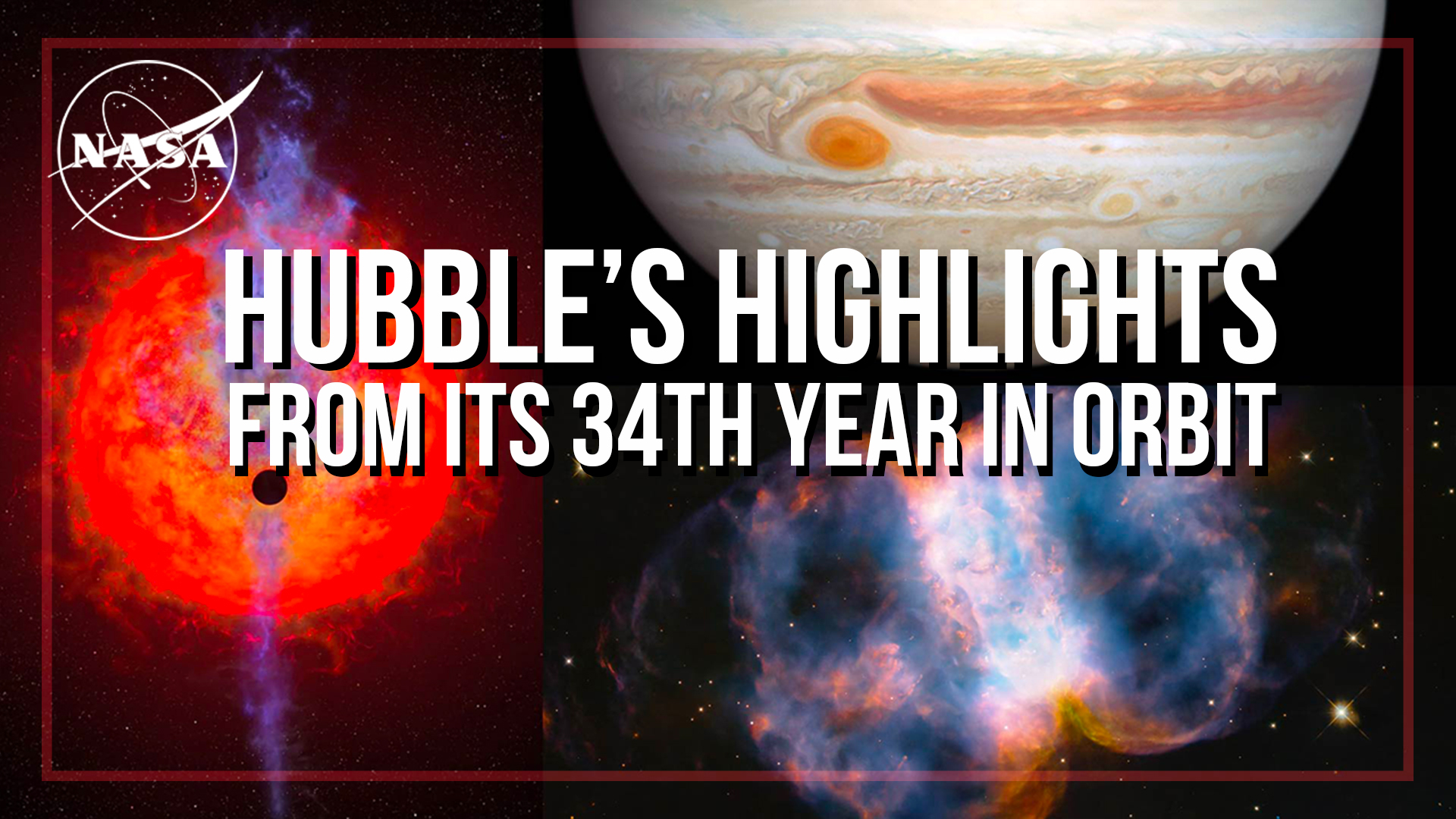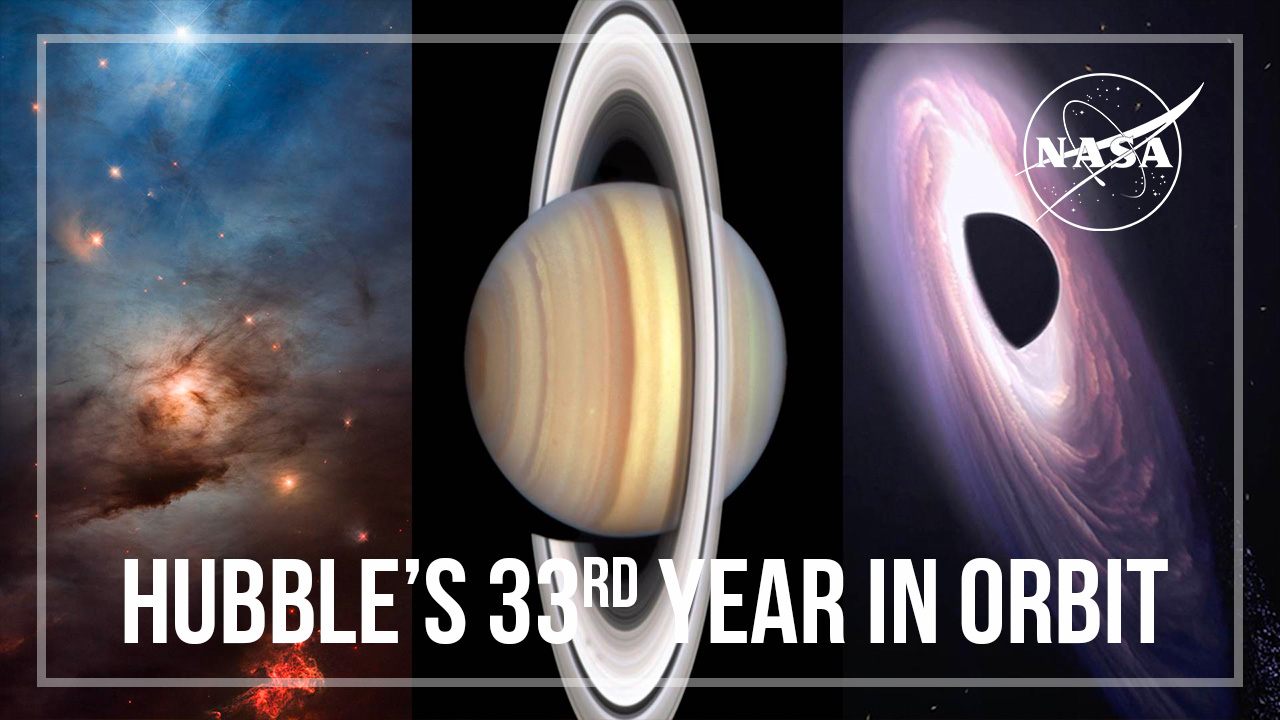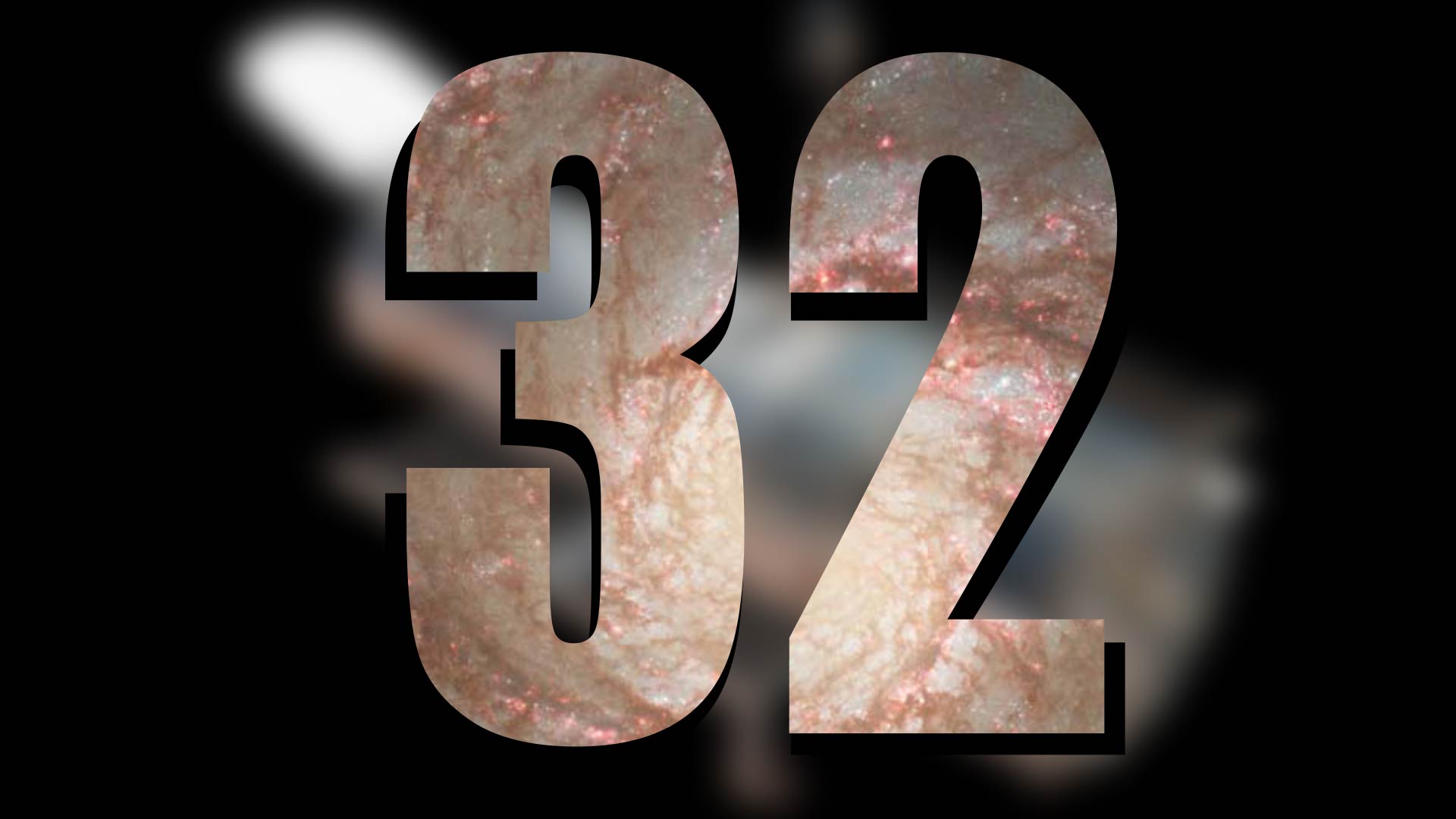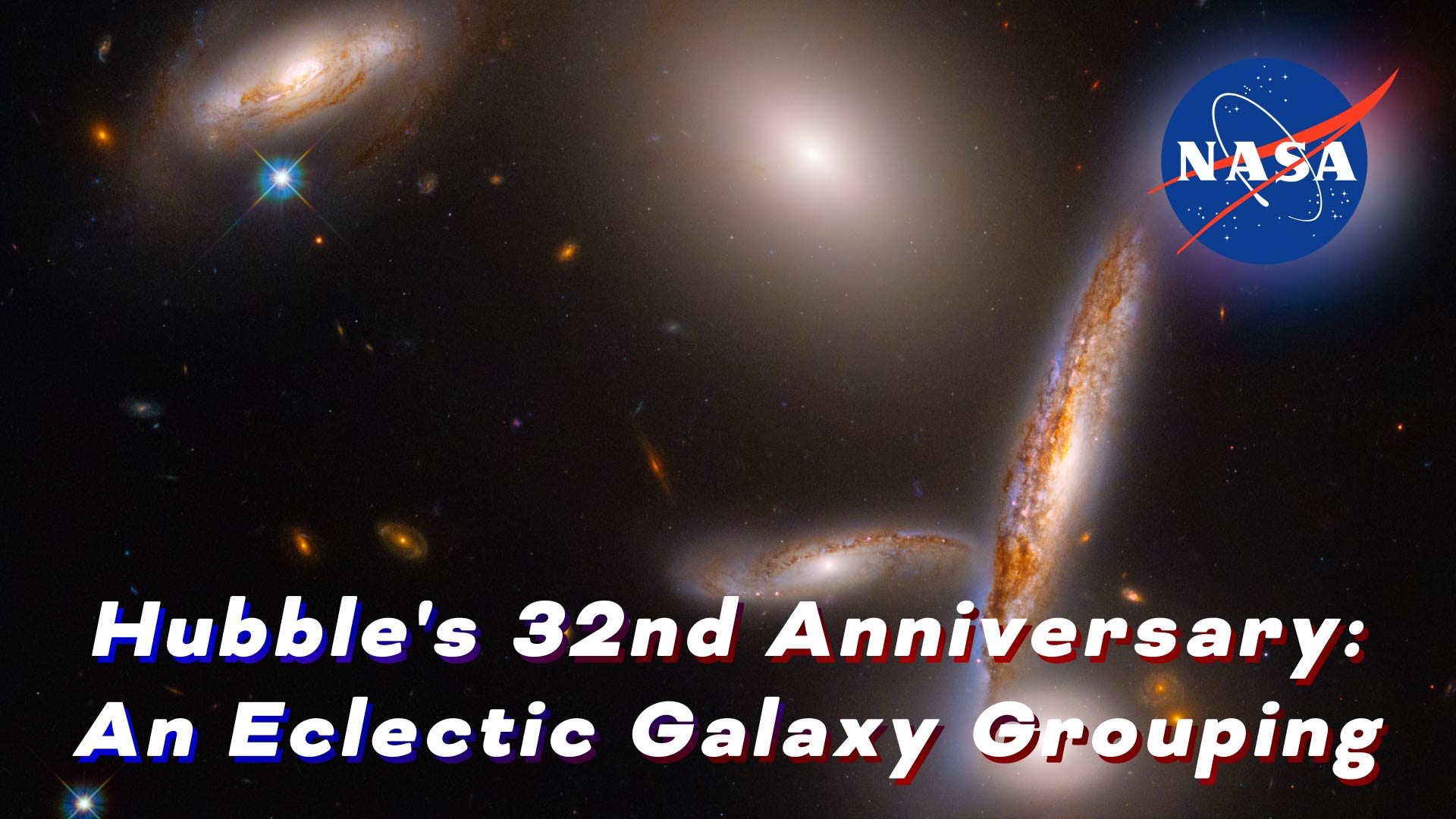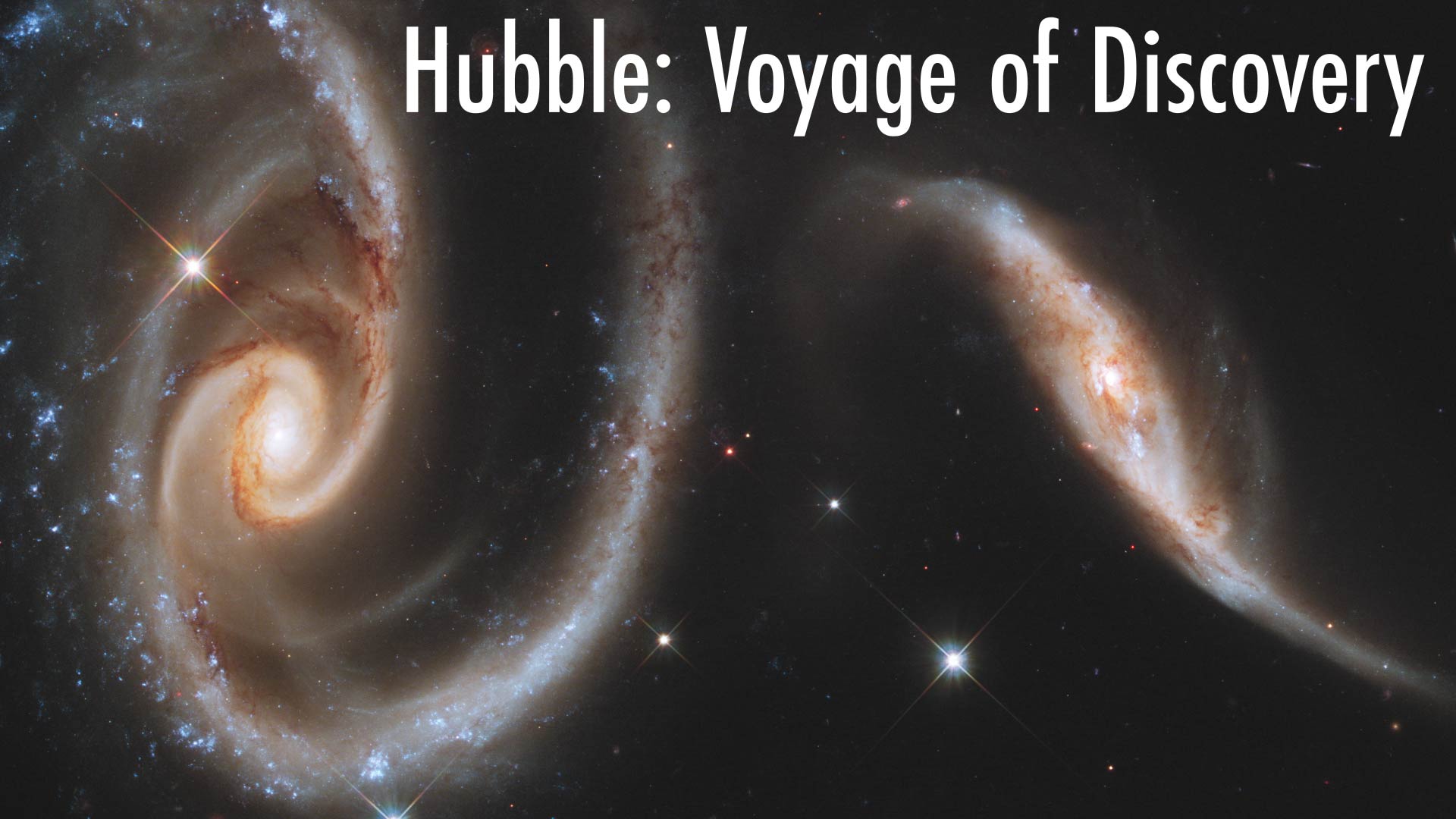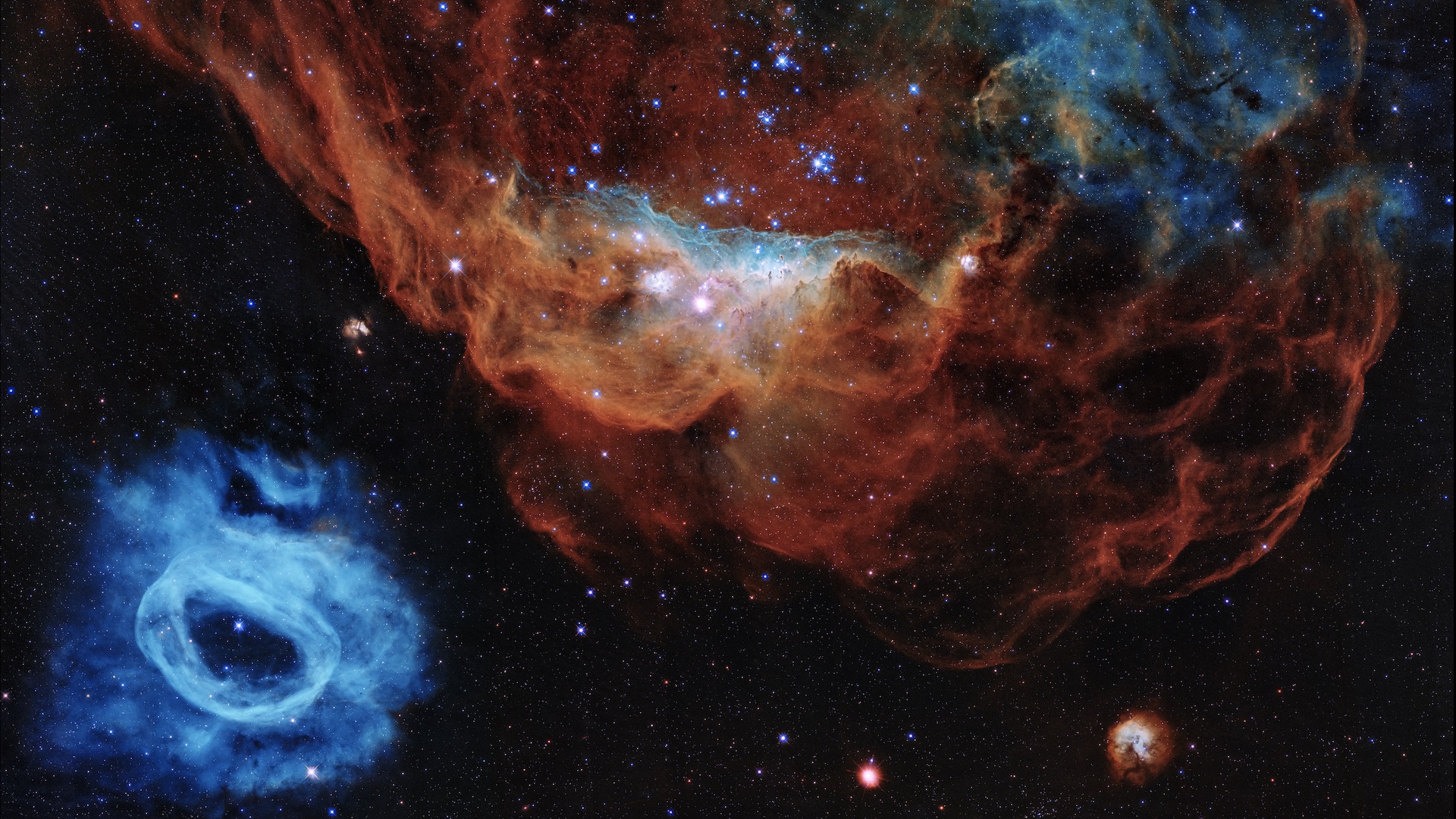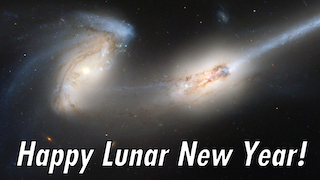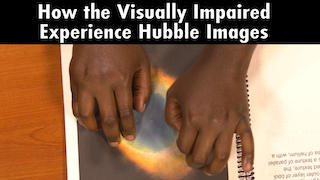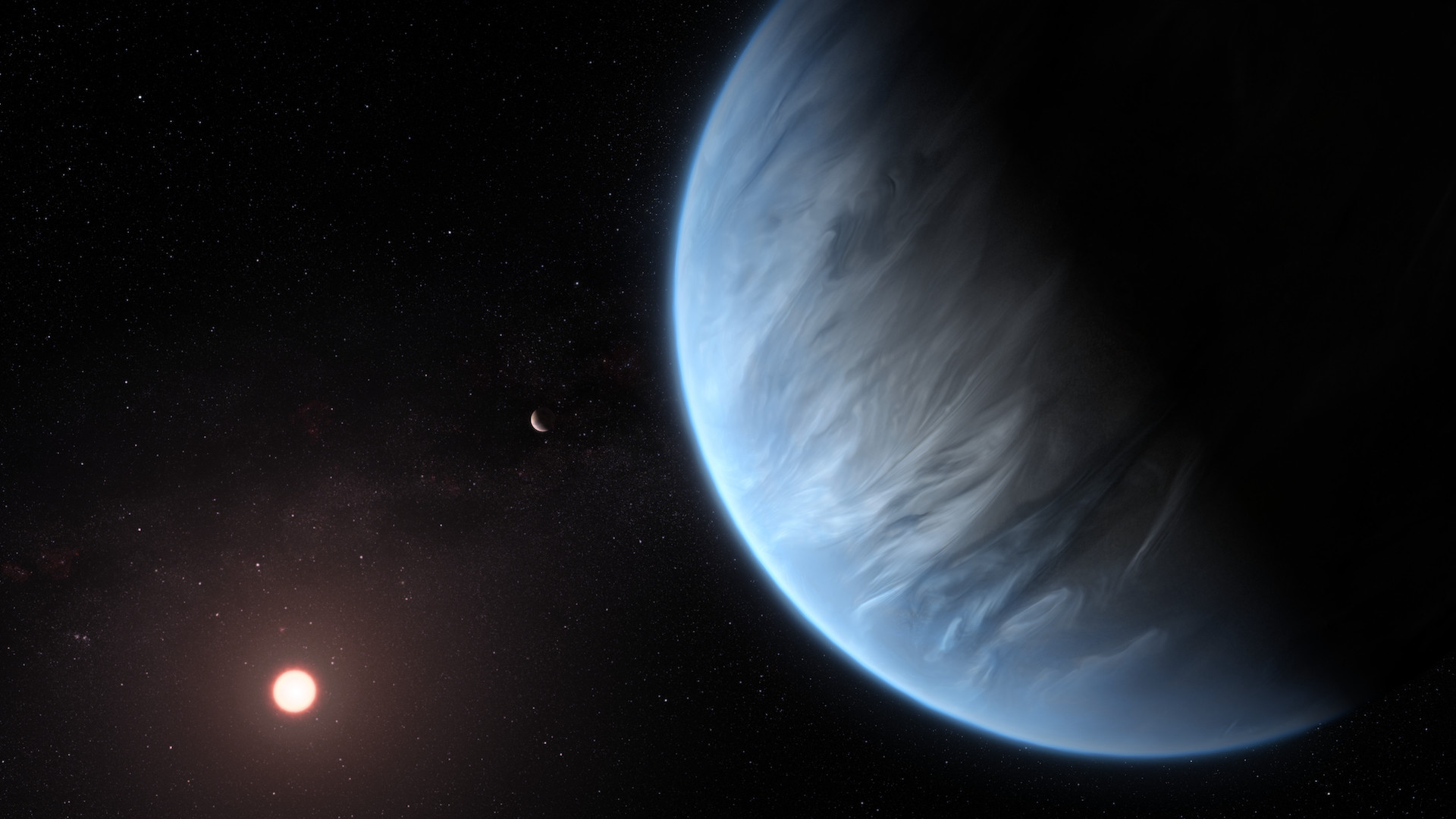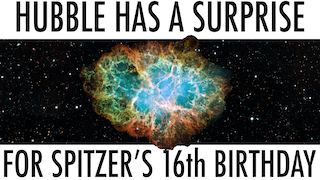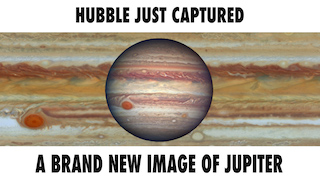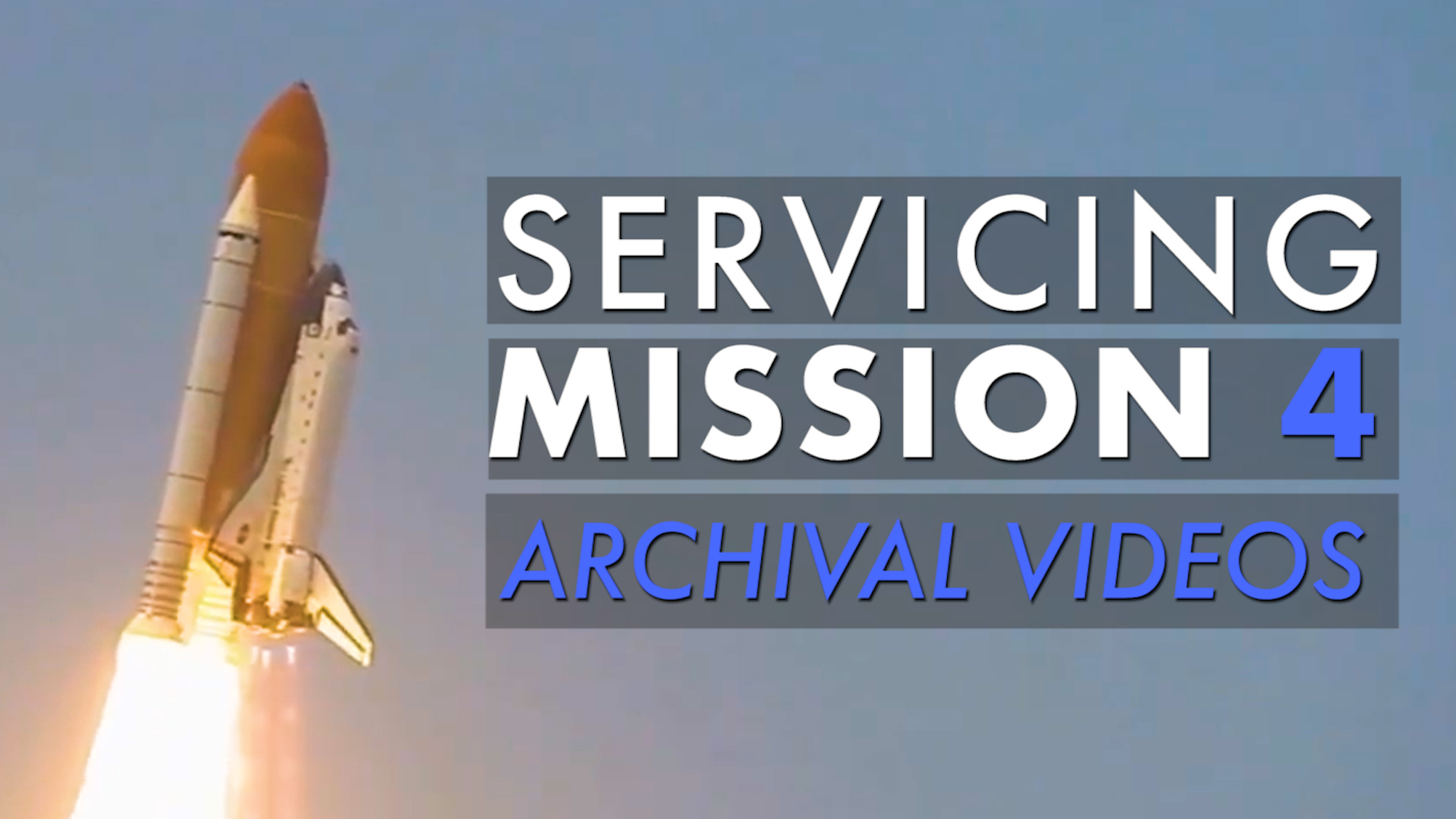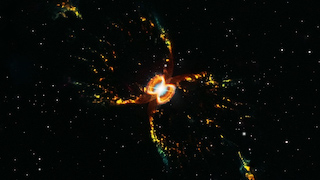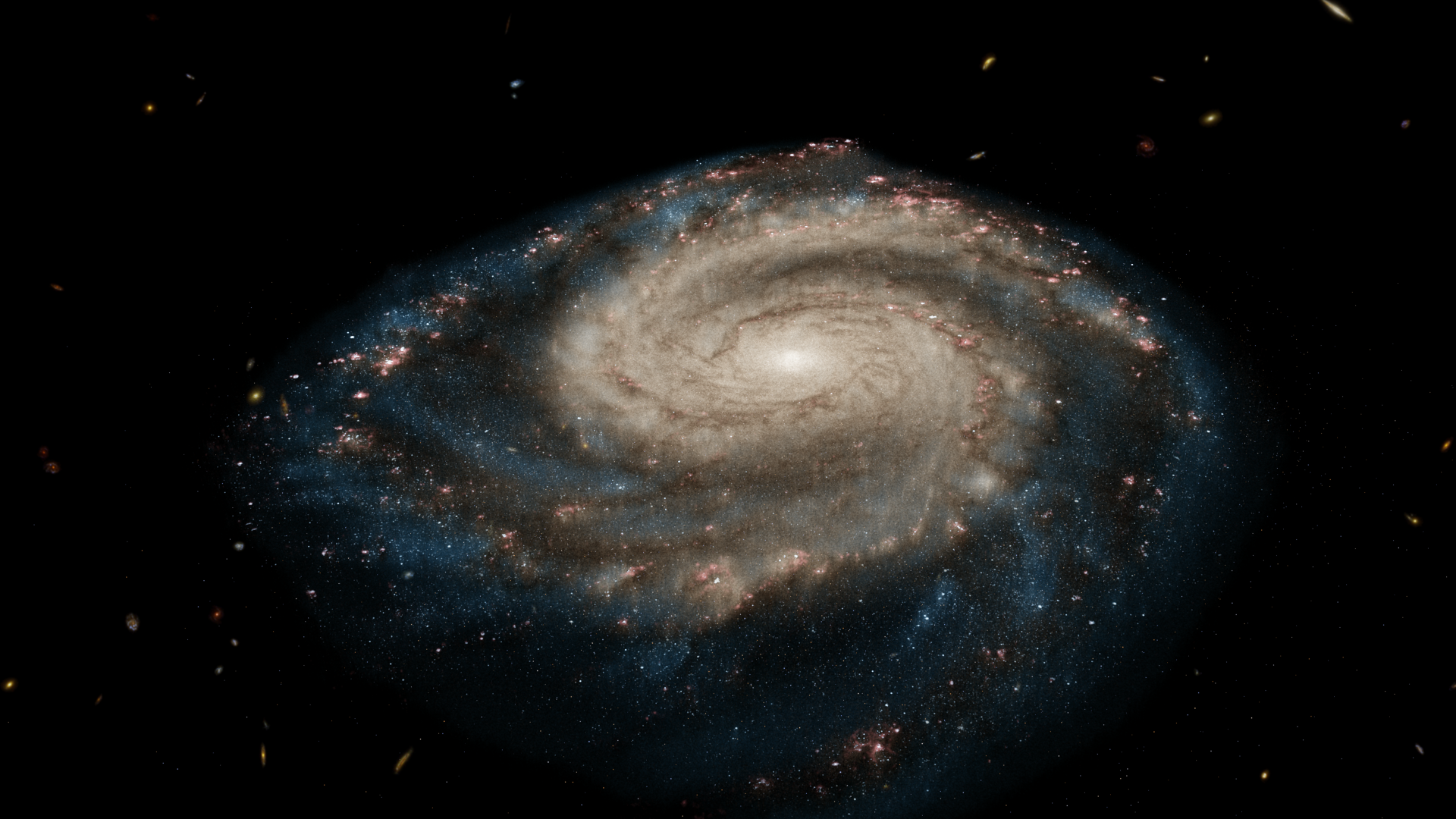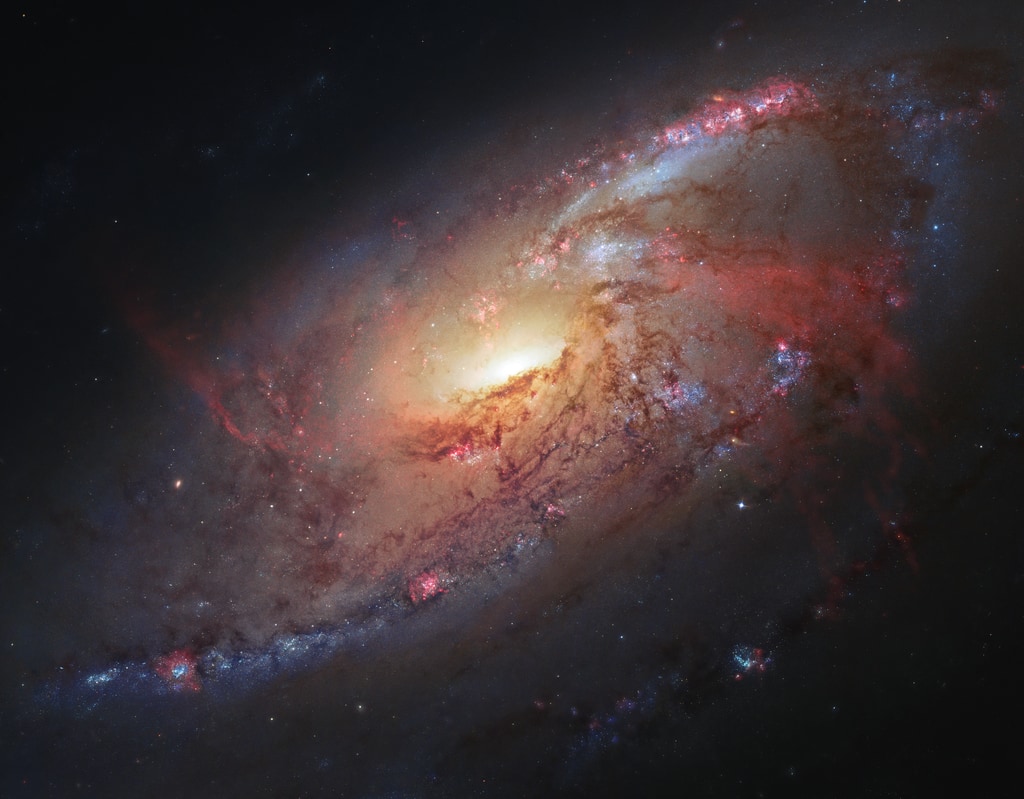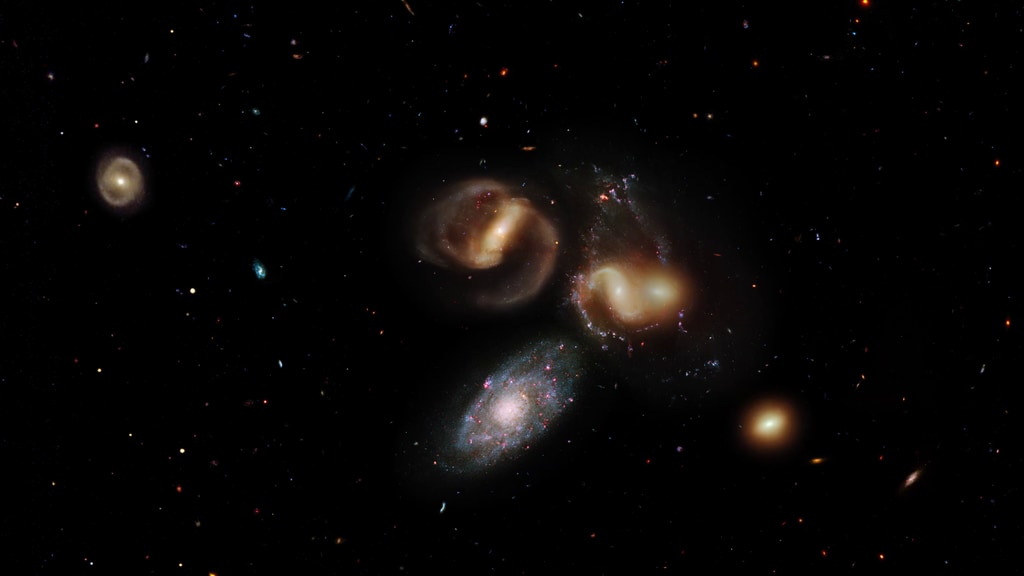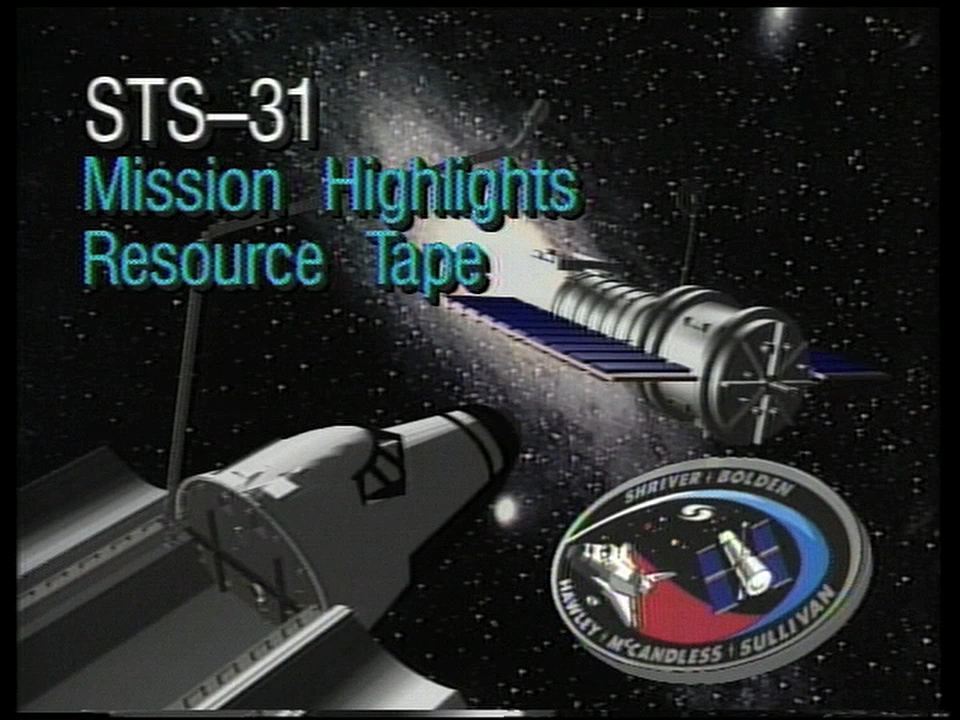Hubble's 29th Anniversary
On April 24, 2019, the Hubble Space Telescope celebrated its 29th year in orbit by premiering a never-before-seen view of the Southern Crab Nebula. Even after all these years, Hubble continues to uncover the mysteries of the universe. These are a few science achievements from Hubble’s latest year in orbit.
For more information, visit nasa.gov/hubble.
Credit: NASA’s Goddard Space Flight Center / Tim Childers
Music Credits: “Fortress Europe” by Dan Bodan from the YouTube audio library.
Vertical version
This vertical version of the video is for IGTV. The IGTV video can be pulled into Instagram Stories and the regular Instagram feed. Use either the provided vertical thumbnail or select a frame from the video to be the thumbnail.
Instagram story slide
One slide for Instagram story. Have the slide swipe up to play the vertical version of the episode.
Credits
Please give credit for this item to:
NASA's Goddard Space Flight Center
-
Producer
- Timothy Childers (GSFC Interns)
-
Support
- Katrina Jackson (USRA)
Missions
This page is related to the following missions:Series
This page can be found in the following series:Release date
This page was originally published on Wednesday, April 24, 2019.
This page was last updated on Wednesday, May 3, 2023 at 1:46 PM EDT.
